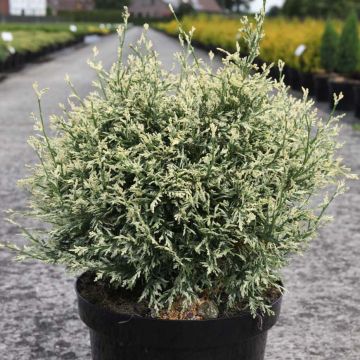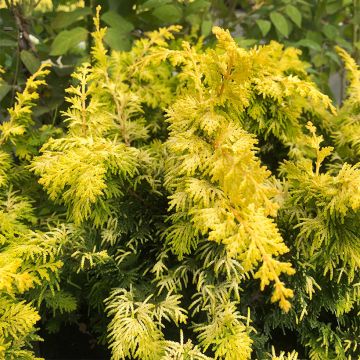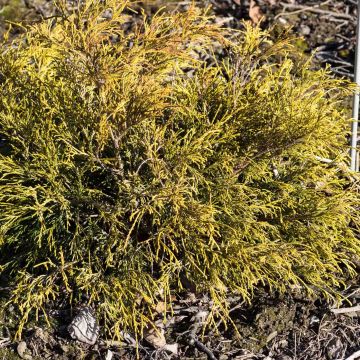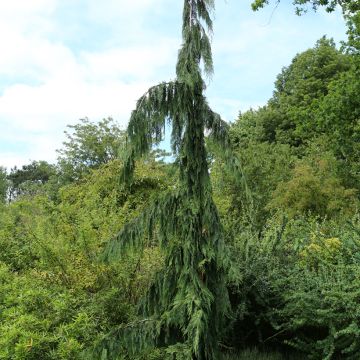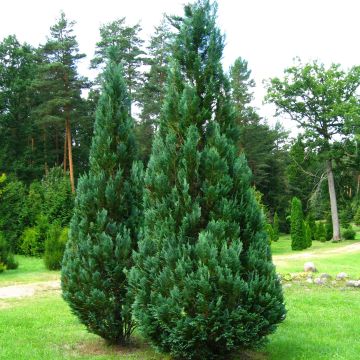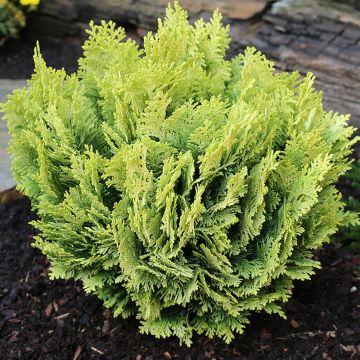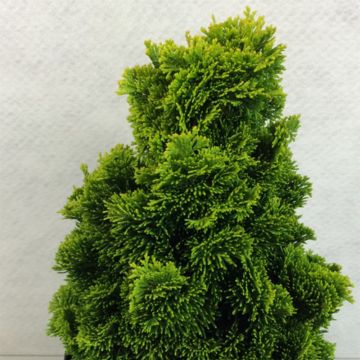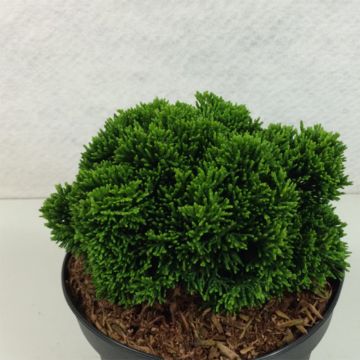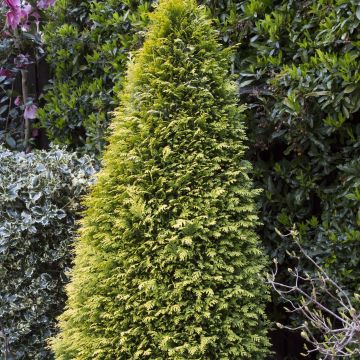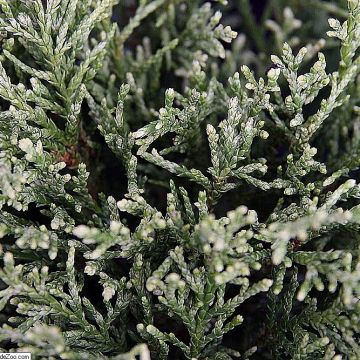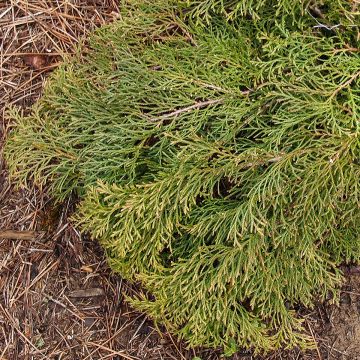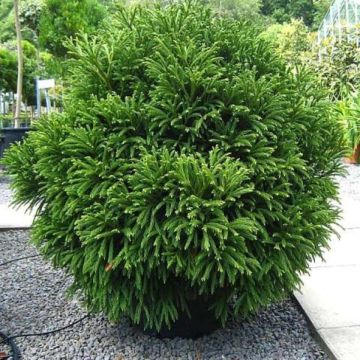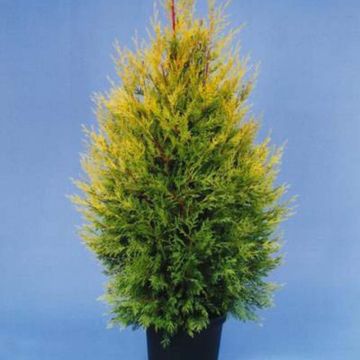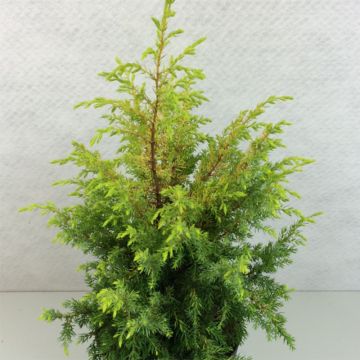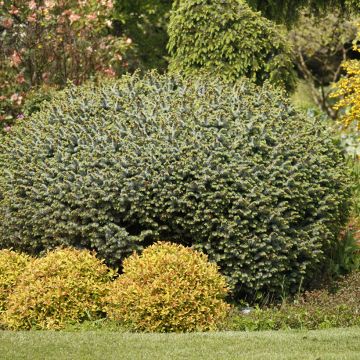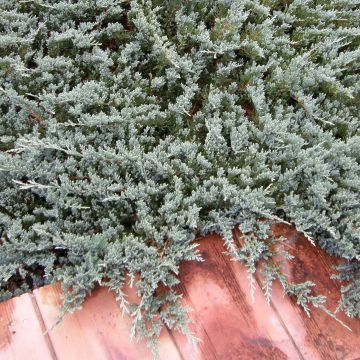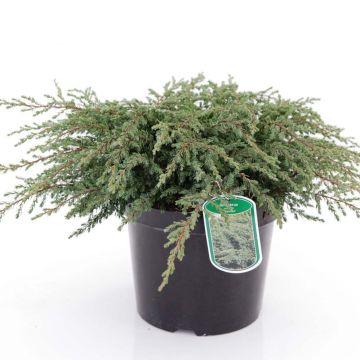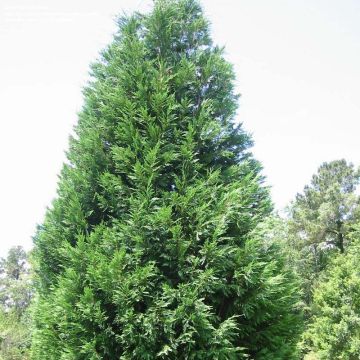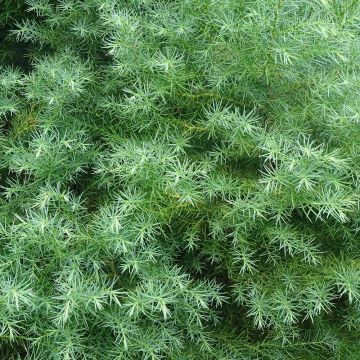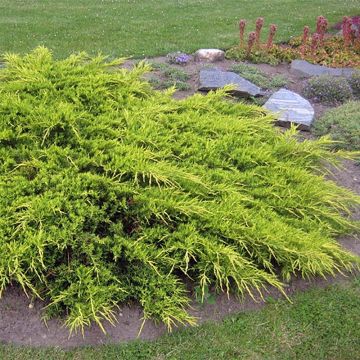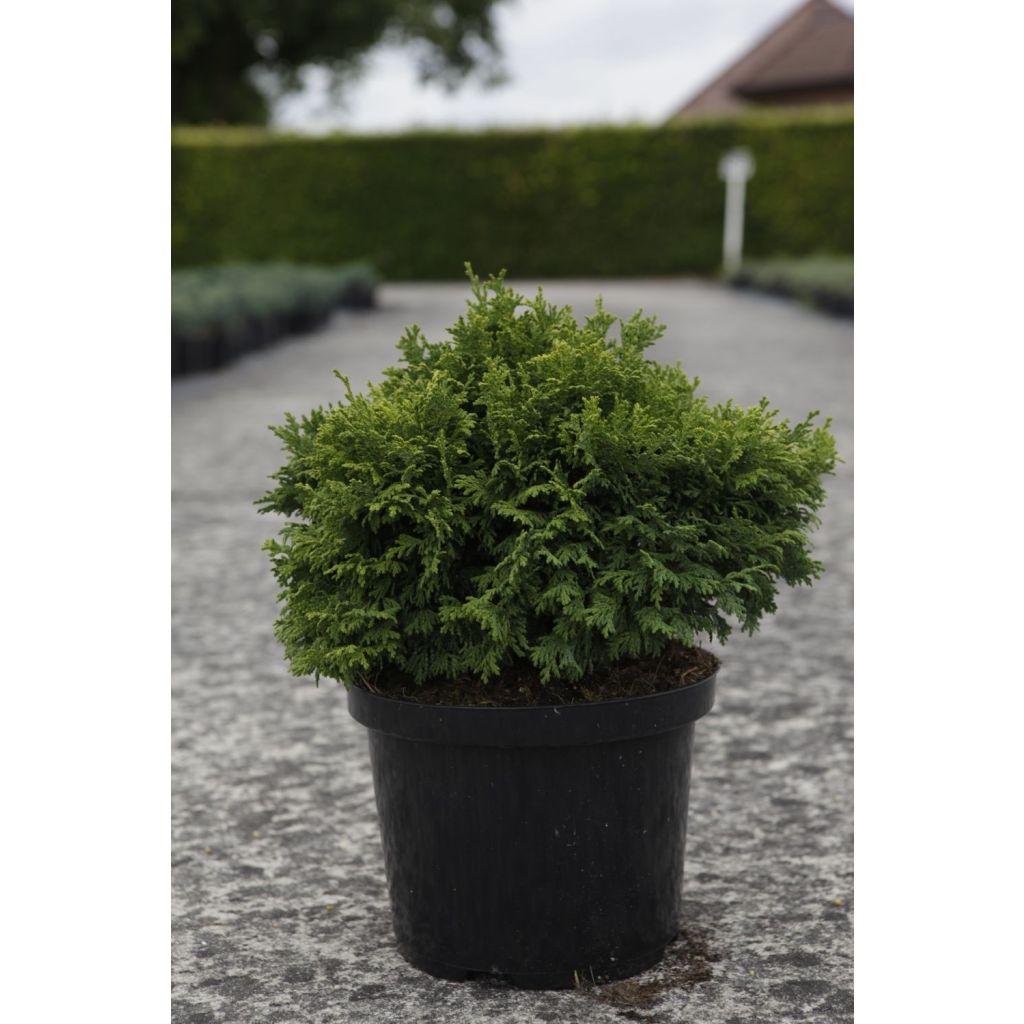

Chamaecyparis pisifera Golden Pincushion - Sawara Cypress
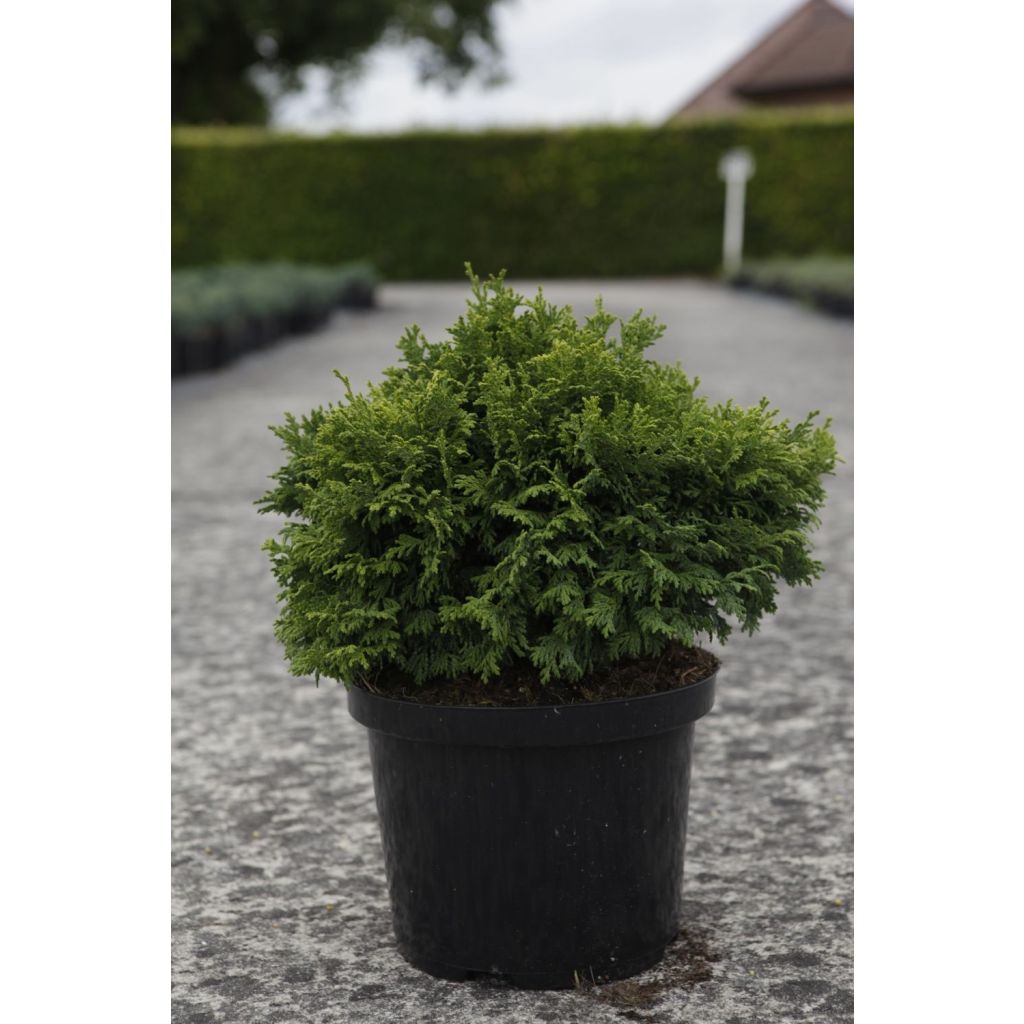

Chamaecyparis pisifera Golden Pincushion - Sawara Cypress
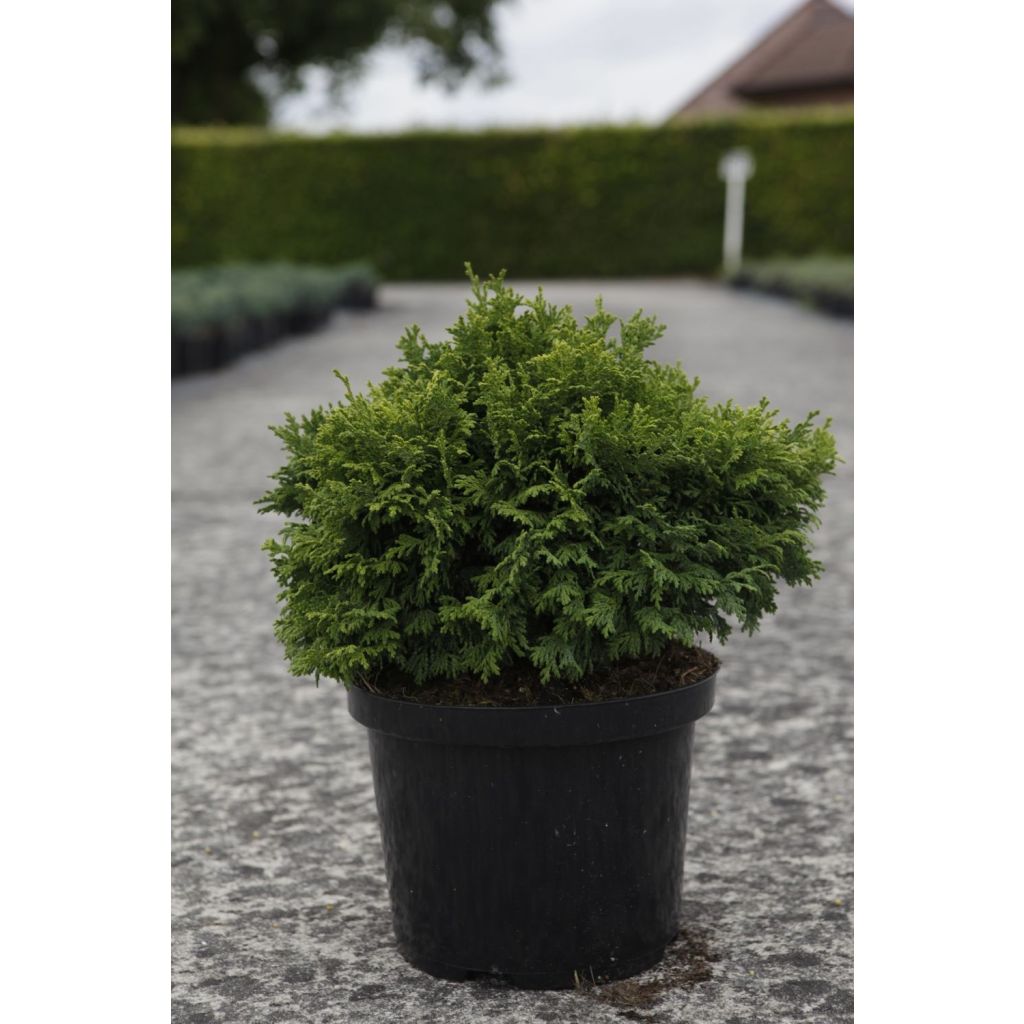

Chamaecyparis pisifera Golden Pincushion - Sawara Cypress
Chamaecyparis pisifera Golden Pincushion - Sawara Cypress
Chamaecyparis pisifera Golden Pincushion
Sawara Cypress, Japanese false cypress
This item cannot be shipped to the selected country
Delivery charge from €5.90
Delivery charge from €5.90
More information
Schedule delivery date,
and select date in basket
This plant carries a 24 months recovery warranty
More information
We guarantee the quality of our plants for a full growing cycle, and will replace at our expense any plant that fails to recover under normal climatic and planting conditions.
From €5.90 for pickup delivery and €6.90 for home delivery
Express home delivery from €8.90.
From €5.90 for pickup delivery and €6.90 for home delivery
Express home delivery from €8.90.
Does this plant fit my garden?
Set up your Plantfit profile →
Description
The Sawara Cypress, scientifically known as Chamaecyparis pisifera 'Nana', is a dwarf variety that has a short and flat cushion-like structure. It has green-yellow to golden-yellow foliage that feels soft and moss-like to the touch. Its unique appearance comes from the flattened and elongated leaves that give it a natural and relaxed look. This plant is a slow grower and is perfect for small rock gardens, pots, or as a border plant for terraces. It thrives in a bright location for more intense foliage colouration in a cool, rich, well-drained, neutral to acidic soil.
The Chamaecyparis pisifera is a sturdy species of Japanese cypress that can grow up to 45 metres (147 ft 7 in) tall in the wild. It is highly valued for its durable, yellowish wood that resists rotting and is commonly used in the production of lacquered furniture, as well as for constructing various buildings such as palaces in Japan. This species has also given rise to numerous cultivars.
The 'Nana' variety is a beautiful low, flattened and spreading bush that grows only up to 30 cm (11.8 in) in height and 60 cm (23.6 in) in width over the years. Its branches are slender, dense, flexible, slightly trailing, and covered with yellow-green foliage. The foliage turns green in shaded areas and lightens to golden-yellow in the sun. The appearance of the plant's leaves changes as it grows. When it's young, the leaves are pointed and stiff like needles. As it matures, the leaves become darker, pointed and have a scaly appearance. The undersides of the leaves have a noticeable white band that corresponds to a row of pores on the plant's surface. The bark of the plant is barely visible and has a dark red, stringy appearance.
Chamaecyparis pisifera 'Nana' is a small conifer that's popular in gardens due to its irregular, low habit and golden colour. It can be planted along a terrace or in a rockery, and its flattened cushion shape requires no pruning. It blends nicely with taller varieties that have columnar, pyramidal, or narrow conical habits.
In contemporary garden design, dwarf conifers are preferred for their aesthetic shapes and textures rather than their flowers. They're permanent and can define a bed, mark pathways, and border terraces. They're also a good backdrop for small roses, peonies, or tousled grasses. They can be used in a mixed hedge or paired with ground cover plants like aubrietas, ceraistes, and flowering shrubs. Playing with volumes and colours is key to achieving a beautiful and harmonious garden design.
Report an error about the product description
Chamaecyparis pisifera Golden Pincushion - Sawara Cypress in pictures
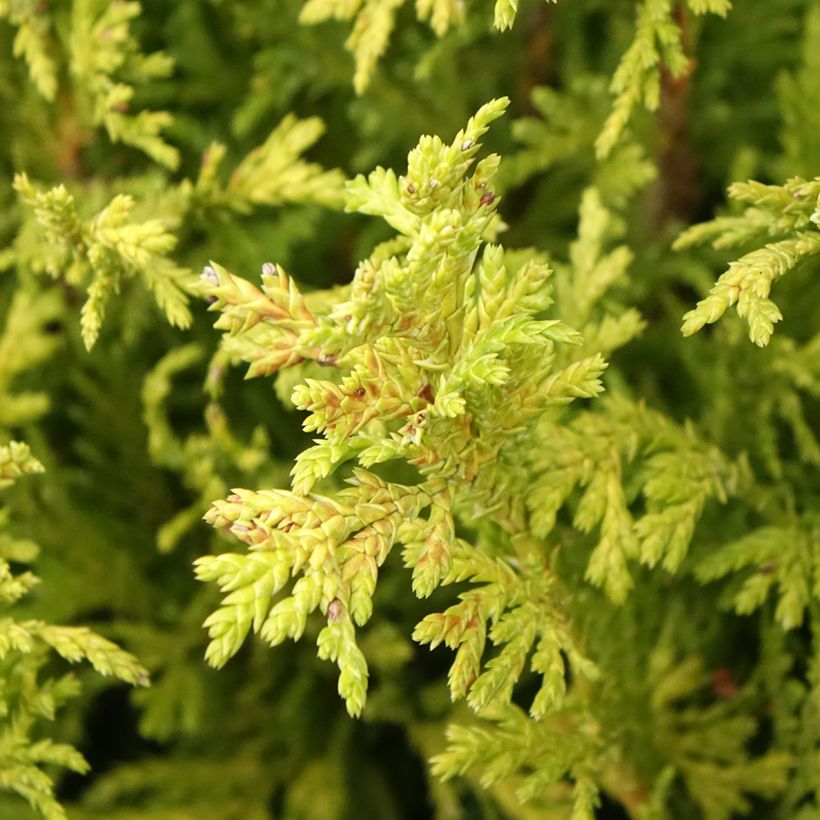



Plant habit
Foliage
Botanical data
Chamaecyparis
pisifera
Golden Pincushion
Cupressaceae
Sawara Cypress, Japanese false cypress
Cultivar or hybrid
Other Chamaecyparis
Planting and care
To plant the Chamaecyparis pisifera 'Golden Pincushion,' you'll need to choose a location with fertile, well-drained, either neutral or slightly acidic soil. Planting can be done between September and November or from February to June. A sunny or partially shaded location protected from strong winds is best. Before planting, soak the roots and add an organic amendment. Water the plant generously for the first few years and apply a conifer fertiliser every April. The soil should be cultivated in the summer, but pruning is unnecessary.
Planting period
Intended location
Care
This item has not been reviewed yet - be the first to leave a review about it.
Conifers
Haven't found what you were looking for?
Hardiness is the lowest winter temperature a plant can endure without suffering serious damage or even dying. However, hardiness is affected by location (a sheltered area, such as a patio), protection (winter cover) and soil type (hardiness is improved by well-drained soil).

Photo Sharing Terms & Conditions
In order to encourage gardeners to interact and share their experiences, Promesse de fleurs offers various media enabling content to be uploaded onto its Site - in particular via the ‘Photo sharing’ module.
The User agrees to refrain from:
- Posting any content that is illegal, prejudicial, insulting, racist, inciteful to hatred, revisionist, contrary to public decency, that infringes on privacy or on the privacy rights of third parties, in particular the publicity rights of persons and goods, intellectual property rights, or the right to privacy.
- Submitting content on behalf of a third party;
- Impersonate the identity of a third party and/or publish any personal information about a third party;
In general, the User undertakes to refrain from any unethical behaviour.
All Content (in particular text, comments, files, images, photos, videos, creative works, etc.), which may be subject to property or intellectual property rights, image or other private rights, shall remain the property of the User, subject to the limited rights granted by the terms of the licence granted by Promesse de fleurs as stated below. Users are at liberty to publish or not to publish such Content on the Site, notably via the ‘Photo Sharing’ facility, and accept that this Content shall be made public and freely accessible, notably on the Internet.
Users further acknowledge, undertake to have ,and guarantee that they hold all necessary rights and permissions to publish such material on the Site, in particular with regard to the legislation in force pertaining to any privacy, property, intellectual property, image, or contractual rights, or rights of any other nature. By publishing such Content on the Site, Users acknowledge accepting full liability as publishers of the Content within the meaning of the law, and grant Promesse de fleurs, free of charge, an inclusive, worldwide licence for the said Content for the entire duration of its publication, including all reproduction, representation, up/downloading, displaying, performing, transmission, and storage rights.
Users also grant permission for their name to be linked to the Content and accept that this link may not always be made available.
By engaging in posting material, Users consent to their Content becoming automatically accessible on the Internet, in particular on other sites and/or blogs and/or web pages of the Promesse de fleurs site, including in particular social pages and the Promesse de fleurs catalogue.
Users may secure the removal of entrusted content free of charge by issuing a simple request via our contact form.
The flowering period indicated on our website applies to countries and regions located in USDA zone 8 (France, the United Kingdom, Ireland, the Netherlands, etc.)
It will vary according to where you live:
- In zones 9 to 10 (Italy, Spain, Greece, etc.), flowering will occur about 2 to 4 weeks earlier.
- In zones 6 to 7 (Germany, Poland, Slovenia, and lower mountainous regions), flowering will be delayed by 2 to 3 weeks.
- In zone 5 (Central Europe, Scandinavia), blooming will be delayed by 3 to 5 weeks.
In temperate climates, pruning of spring-flowering shrubs (forsythia, spireas, etc.) should be done just after flowering.
Pruning of summer-flowering shrubs (Indian Lilac, Perovskia, etc.) can be done in winter or spring.
In cold regions as well as with frost-sensitive plants, avoid pruning too early when severe frosts may still occur.
The planting period indicated on our website applies to countries and regions located in USDA zone 8 (France, United Kingdom, Ireland, Netherlands).
It will vary according to where you live:
- In Mediterranean zones (Marseille, Madrid, Milan, etc.), autumn and winter are the best planting periods.
- In continental zones (Strasbourg, Munich, Vienna, etc.), delay planting by 2 to 3 weeks in spring and bring it forward by 2 to 4 weeks in autumn.
- In mountainous regions (the Alps, Pyrenees, Carpathians, etc.), it is best to plant in late spring (May-June) or late summer (August-September).
The harvesting period indicated on our website applies to countries and regions in USDA zone 8 (France, England, Ireland, the Netherlands).
In colder areas (Scandinavia, Poland, Austria...) fruit and vegetable harvests are likely to be delayed by 3-4 weeks.
In warmer areas (Italy, Spain, Greece, etc.), harvesting will probably take place earlier, depending on weather conditions.
The sowing periods indicated on our website apply to countries and regions within USDA Zone 8 (France, UK, Ireland, Netherlands).
In colder areas (Scandinavia, Poland, Austria...), delay any outdoor sowing by 3-4 weeks, or sow under glass.
In warmer climes (Italy, Spain, Greece, etc.), bring outdoor sowing forward by a few weeks.

































